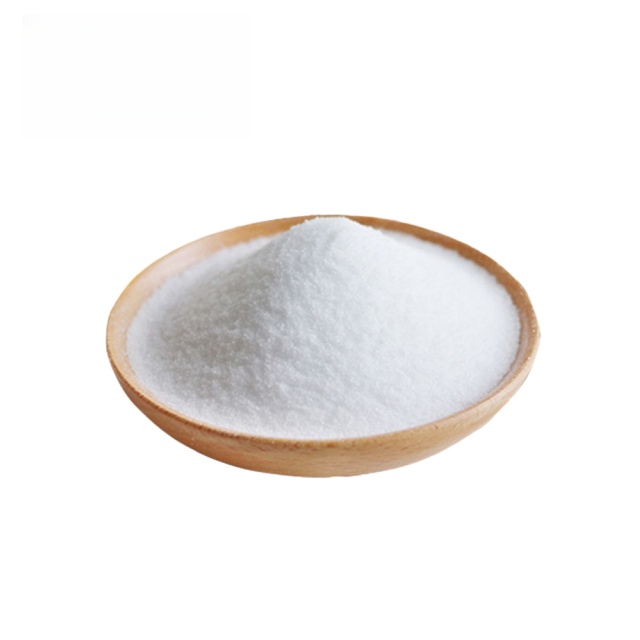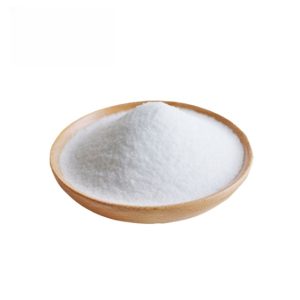Basic Information
- Chemical Name: Glycine
- Abbreviation: Gly
- Aliases: Aminoacetic Acid
- Chemical Formula: C₂H₅NO₂
- Molecular Weight: 75.067
- CAS Number: 56-40-6
- EINECS Number: 200-272-2
Physical and Chemical Properties
- Appearance: White to off-white crystalline powder
- Odor: Odorless
- Solubility: Easily soluble in water, slightly soluble in pyridine, and practically insoluble in ethanol and ethyl ether
- Density: 1.254 g/cm³
- Melting Point: 232-236°C (decomposition)
Uses
- Food Industry:
- Used as a nutritional supplement and food additive for flavoring, maintaining and enhancing food flavors, and eliminating the bitter taste of saccharin.
- Added to pickled products and acid-cured products as a buffering agent.
- Has a certain inhibitory effect on the growth of Bacillus subtilis and Escherichia coli, and can be used as a preservative for fish paste products, peanut butter, etc.
- Antioxidant properties, added to cream, cheese, and margarine to extend shelf life.
- Pharmaceutical Industry:
- Used as a component amino acid of endogenous antioxidant glutathione and is often supplemented exogenously during severe stress.
- Used in pharmaceutical industry, biochemical experiments, and organic synthesis.
- Other:
- Used in the nitrogen fertilizer industry as a non-toxic decarbonizer.
- Has applications in biochemical research.
Synthesis Methods
Synthesis methods for glycine include the Strecker method, Bucherer method, and ammoniation of monochloroacetic acid.
Conclusion
L-Glycine is a non-essential amino acid with a wide range of applications, particularly in the food and pharmaceutical industries. It is easily soluble in water, has a high melting point and boiling point, and can be used as a nutritional supplement and food additive. Additionally, glycine is also used in pharmaceuticals, biochemical experiments, and organic synthesis.


Reviews
There are no reviews yet.